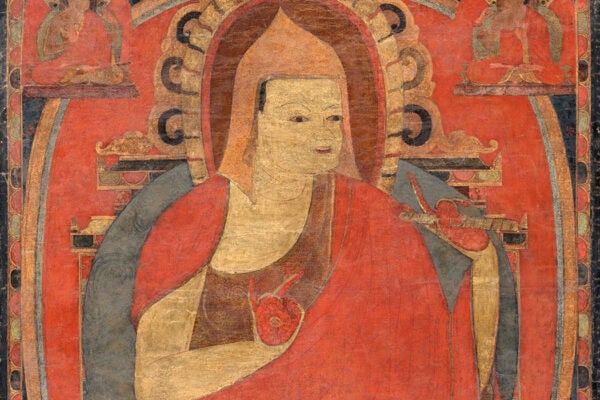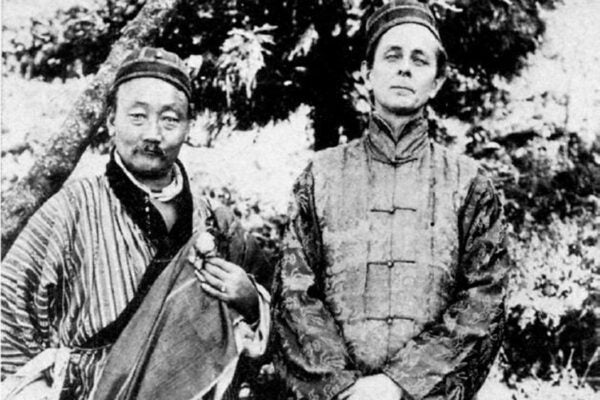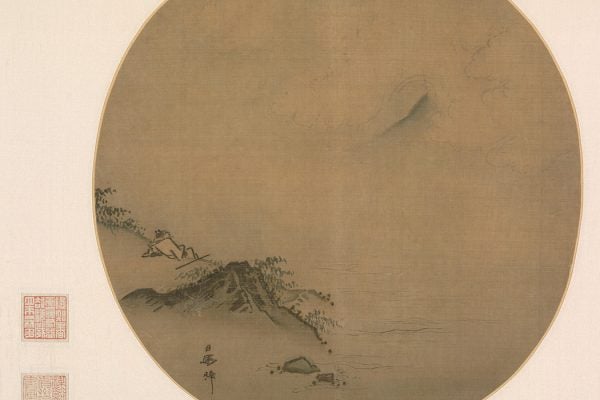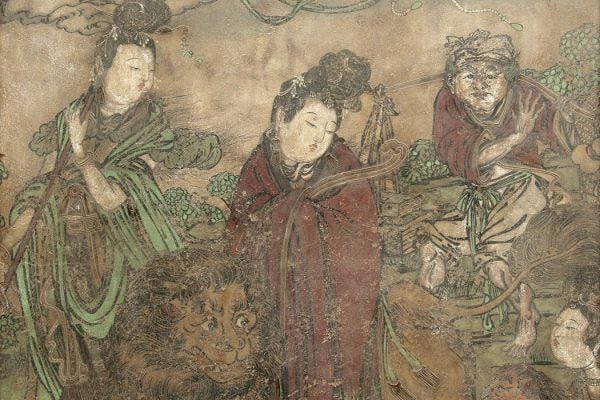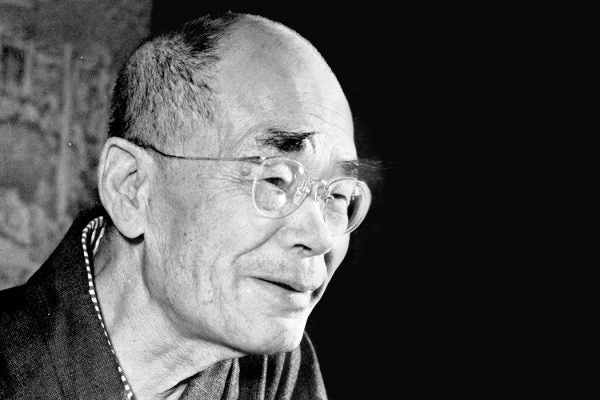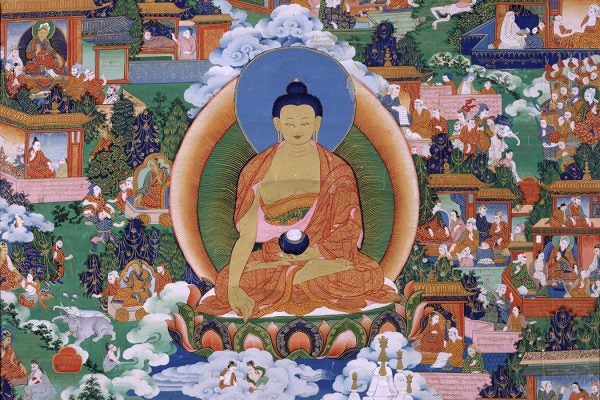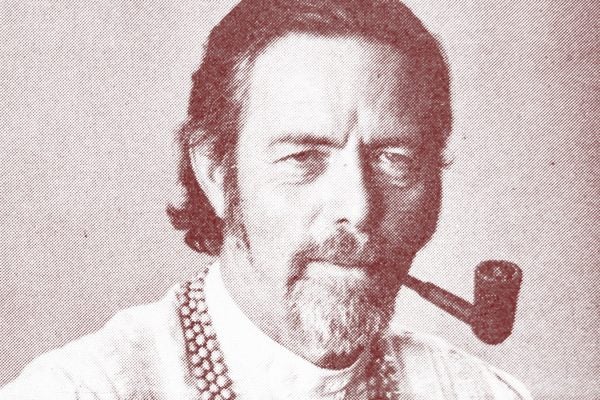The Therapeutic Side of Tibetan Buddhism
Along with teachings on liberation from the cycles of death and rebirth, the Tibetan Buddhist tradition contains guidance on removing impediments to compassion.
Buddhist Pacifists at War
In the early centuries of Vajrayāna Buddhism in India, practitioners worked to reconcile the religion’s teaching of nonviolence with the realities of warfare.
Where Tulpas Come From
Created through the power of the human mind, tulpas bear little resemblance to anything found in the Tibetan traditions in which they allegedly originated.
In Bhutan, Real Citizens Don’t Eat Meat
The fusion of Buddhism and politics in Bhutan has forced “good citizens” to reconsider their relationship with the procurement and consumption of meat.
Wang Wei, Poet of Buddhist Emptiness
Focusing almost exclusively on nature, the Tang Dynasty poet Wang Wei expressed the philosophy of the Chan school.
Did Thoreau Do Yoga?
The transcendentalist was big on Asian texts—at least as he understood them.
Hair Embroidery as Women’s Buddhist Practice
In late imperial China, it was a devotional art using hairs plucked from devotees' own heads.
D.T. Suzuki’s Very American Zen
Zen was a conservative form of Buddhism in Japan that eventually became a way for Americans to find inner peace.
How Comparative Religion Took Root in the 19th Century
Many Americans considered faiths outside Christianity and Judaism to be "pagan." Unitarian minister James Freeman Clarke argued otherwise.
When Buddhism Came to America
Buddhism was embraced by the Beats of 1950s America. But some Buddhists felt these converts were engaging with the practice in a shallow way.
